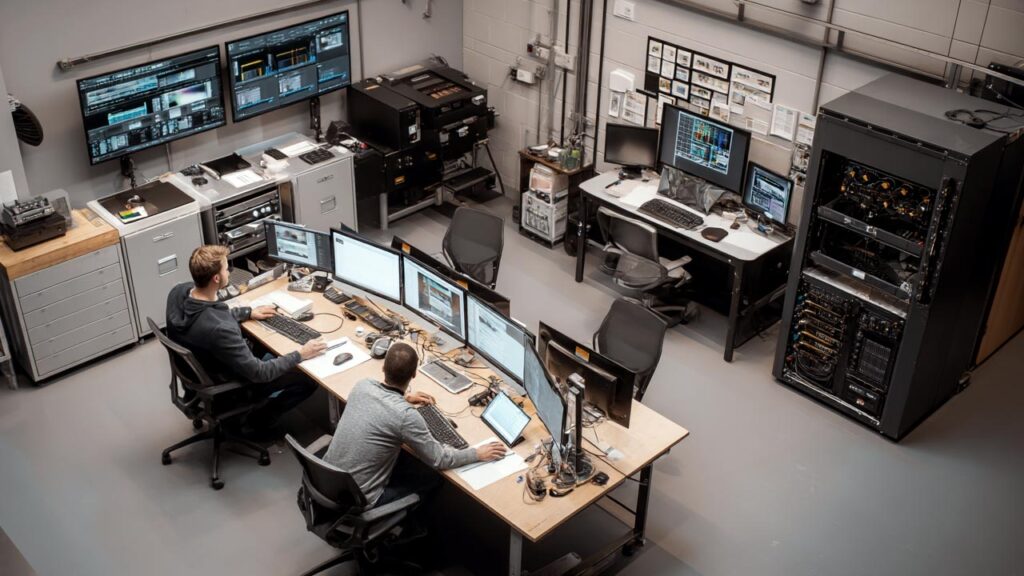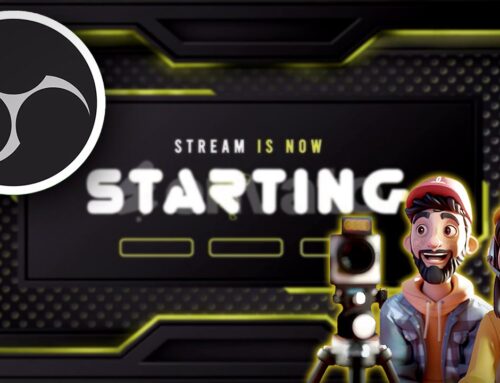A Dedicated Media Division, Why Every Business Will Need One in 2025 and Beyond
Dedicated Media Divisions, no matter how big or small, are a must to stay competitive. These in-house teams enable brands to control narratives, leverage data, produce engaging content, and adapt swiftly to digital trends, ensuring impactful, future-ready marketing strategies.
Table of Contents
- Introduction
- The Changing Landscape of Business Marketing
- What is a Dedicated Media Division?
- Key Reasons Every Business Needs a Media Division
- Challenges of Establishing a Media Division
- Success Stories: Companies Thriving With Media Divisions
- How to Build a Media Division
- Future Trends in Media Divisions
- Top 5 Frequently Asked Questions
- Final Thoughts
- Resources
Introduction
In the explosively evolving digital ecosystem, a robust marketing strategy is no longer optional; it’s the cornerstone of business survival. The days of relying solely on external agencies or traditional methods are waning. The shift is clear: businesses need in-house media divisions capable of producing high-quality, consistent, and targeted content. This article explores why this trend is exploding, its benefits, and how businesses can adopt it to thrive.
The Changing Landscape of Business Marketing
Digital Dominance and Content Saturation
With over 5 billion internet users globally, businesses must compete in an overcrowded digital space. Platforms like Instagram, TikTok, and YouTube demand consistent, high-quality content to capture and retain audience attention.
Statistical Insight: By 2025, it’s projected that the average person will encounter 4,000 to 10,000 advertisements daily, making it harder for brands to stand out.
The Rise of Personalized Content
Today’s consumers expect tailored experiences. According to Salesforce’s 2024 Marketing Trends Report, 71% of customers expect personalized interactions, and 91% are more likely to shop with brands that provide relevant offers and recommendations. A dedicated media division ensures businesses meet these expectations.

What is a Dedicated Media Division?
A dedicated media division is an in-house team focused on content creation, distribution, and analytics. Unlike traditional marketing departments, these divisions specialize in leveraging modern platforms and techniques to engage target audiences.
Core Responsibilities
- Content Creation: Producing videos, blogs, podcasts, and social media posts.
- Brand Storytelling: Crafting narratives that resonate with audiences.
- Analytics and Optimization: Using data to refine campaigns for better results.
Roles Within the Media Division
- Content Strategist: Develops long-term content goals.
- Social Media Manager: Manages brand presence across platforms.
- Videographer/Editor: Produces video content.
- SEO Specialist: Optimizes content for search engines.
- Data Analyst: Monitors campaign performance and ROI.
Key Reasons Every Business Needs a Media Division
1. Controlling Your Brand Narrative
An in-house media team allows companies to maintain control over their storytelling. External agencies may not fully understand a brand’s essence, but a dedicated team ensures consistency and authenticity.
2. The Power of Data-Driven Campaigns
Media divisions can leverage real-time analytics to fine-tune campaigns. Tools like Google Analytics 4, HubSpot, and Sprout Social empower teams to make data-backed decisions, leading to higher engagement and conversion rates.
3. Video Content is the New King
Cisco reports that by 2025, 80% of internet traffic will be video-based. From TikTok snippets to YouTube tutorials, brands must produce engaging video content to stay relevant.
4. Building Community Through Social Media
A strong social media presence fosters loyalty. Platforms like LinkedIn and Instagram aren’t just for ads; they’re hubs for meaningful interaction. In-house teams can respond in real-time, creating genuine connections with followers.
5. Keeping Pace with Rapid Technological Advances
AI, AR, and VR are transforming the way businesses communicate. A media division equipped with tech-savvy professionals ensures brands stay ahead of the curve.
Challenges of Establishing a Media Division
- High Initial Investment: Hiring skilled professionals and acquiring tools can be expensive.
- Learning Curve: Businesses must adapt to new technologies and trends quickly.
- Scalability: Expanding media operations to match business growth can be challenging.

Success Stories: Companies Thriving With Media Divisions
- Nike: Nike’s in-house content team consistently delivers iconic campaigns like “Just Do It,” blending storytelling with stunning visuals.
- Apple: Apple’s in-house media efforts emphasize simplicity and emotion, resonating deeply with their audience.
- Red Bull: Red Bull’s media division produces adrenaline-packed content that extends far beyond energy drinks, making them a leader in branded entertainment.
How to Build a Media Division
Assessing Current Marketing Needs
Evaluate your existing marketing efforts and identify gaps. Are you missing out on social media opportunities? Is your content outdated?
Investing in Talent and Tools
Hire skilled professionals in content creation, analytics, and strategy. Invest in tools like Adobe Creative Suite, Canva, and Hootsuite.
Creating a Sustainable Workflow
Establish clear processes for content production, approval, and distribution. Use project management tools like Asana or Trello to streamline operations.
Future Trends in Media Divisions
- AI-Powered Content Creation: Tools like ChatGPT and Jasper will assist in generating personalized content.
- Interactive Content: AR and VR will make content more immersive.
- Sustainability in Marketing: Eco-conscious consumers will demand green practices in media production.
- Live Commerce: Combining live streaming with e-commerce for real-time shopping experiences.
Top 5 Frequently Asked Questions
Final Thoughts
In 2025 and beyond, a dedicated media division is not just a strategic advantage but a business necessity. The ability to produce engaging, data-driven, and personalized content will separate thriving businesses from those left behind. By investing in talent, tools, and innovation, companies can future-proof their marketing efforts and foster lasting relationships with their audiences.






Leave A Comment